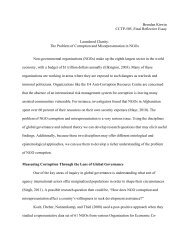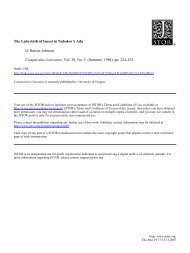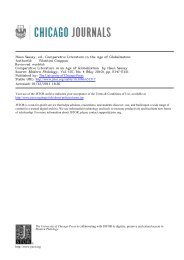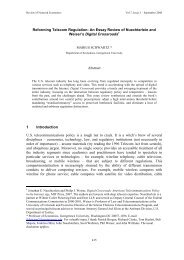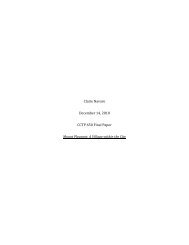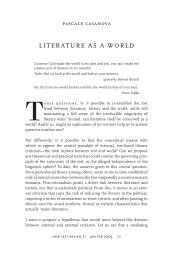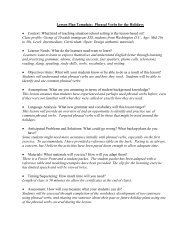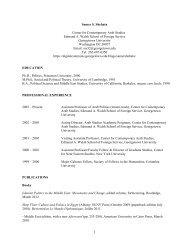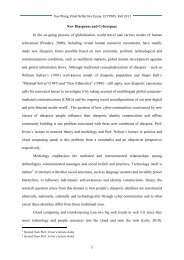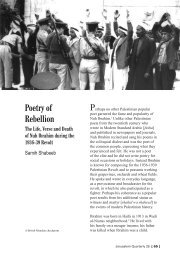Brand Tone of Voice:
Brand Tone of Voice:
Brand Tone of Voice:
- No tags were found...
You also want an ePaper? Increase the reach of your titles
YUMPU automatically turns print PDFs into web optimized ePapers that Google loves.
J. Delin 39general impression. The linguistic approach will undoubtedly producean analysis at a level <strong>of</strong> detail that the client company will rarely wantto see.2. Even when a satisfactory linguistic description <strong>of</strong> a desired <strong>Tone</strong> <strong>of</strong> <strong>Voice</strong>has been completed, it is difficult to express it in terms that the peoplewho need to use it will understand. This is because few <strong>of</strong> the adult workingpopulation in the UK have any background in grammar and relatedconcepts. While my own experience has shown it to be possible todiscuss passives and reflexive verbs with the branding team <strong>of</strong> a Spanishbank, I have not encountered a British client with such a well-developedunderstanding <strong>of</strong> grammar. Interestingly, design specialists have theirown technical vocabulary, and are happy to talk about reverse blocks,half-tones, picas, and call-outs, but communications specialists in theindustry appear content to manage without a metalanguage at any similarlevel <strong>of</strong> specificity.However, if these challenges can be overcome, there are also advantages thatcan be gained from the application <strong>of</strong> linguistic frameworks in the planning andproduction <strong>of</strong> commercial texts. Firstly, systematic linguistic analysis exposespatterns that are not casually visible ‘by eye’, and can yield genuinely newinsights into the ways commercial texts work. Secondly, because branding isbased on the idea that brands need to be distinctive from one another, it is surelyimportant to brand owners to have some reliable way <strong>of</strong> describing what isdistinctive about a brand’s language. Linguistic analysis provides for an explicitdescription <strong>of</strong> language patterns, and hence for such an explicit statement, inplace <strong>of</strong> the rather vaguer statements currently extant. Thirdly, an explicit,linguistically-sound understanding <strong>of</strong> a language style is both potentially communicablefor training and information within the company, and usable fordetecting (and planning) shifts in the brand’s language across time. Fourthly,experience suggests that companies are <strong>of</strong>ten grateful for evidence, rather thanjust opinion, about the best language to use to communicate their brands – tosettle internal arguments about what is, and what is not, ‘on brand’, if nothingelse. Finally, it is important for any organisation with global aspirations tothink about how its communications might work in other languages. Explicitstatements about <strong>Tone</strong> <strong>of</strong> <strong>Voice</strong> in the source language can help translators tosee what kind <strong>of</strong> ‘feel’ they might need to create in communications in targetlanguages. Ideally, a <strong>Tone</strong> <strong>of</strong> <strong>Voice</strong> would be worked out independently for eachlanguage <strong>of</strong> application, and specified at a level <strong>of</strong> linguistic detail that enabledtranslators to use it for guidance on their written style.



